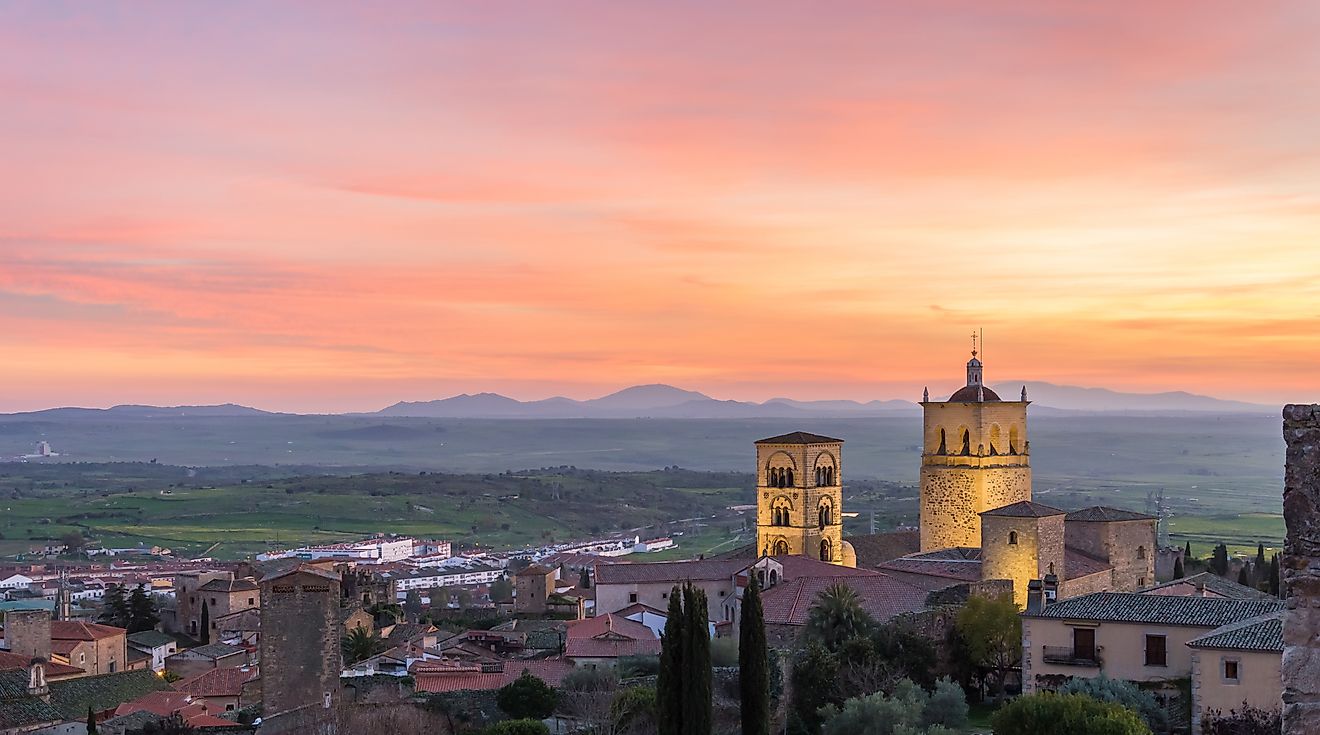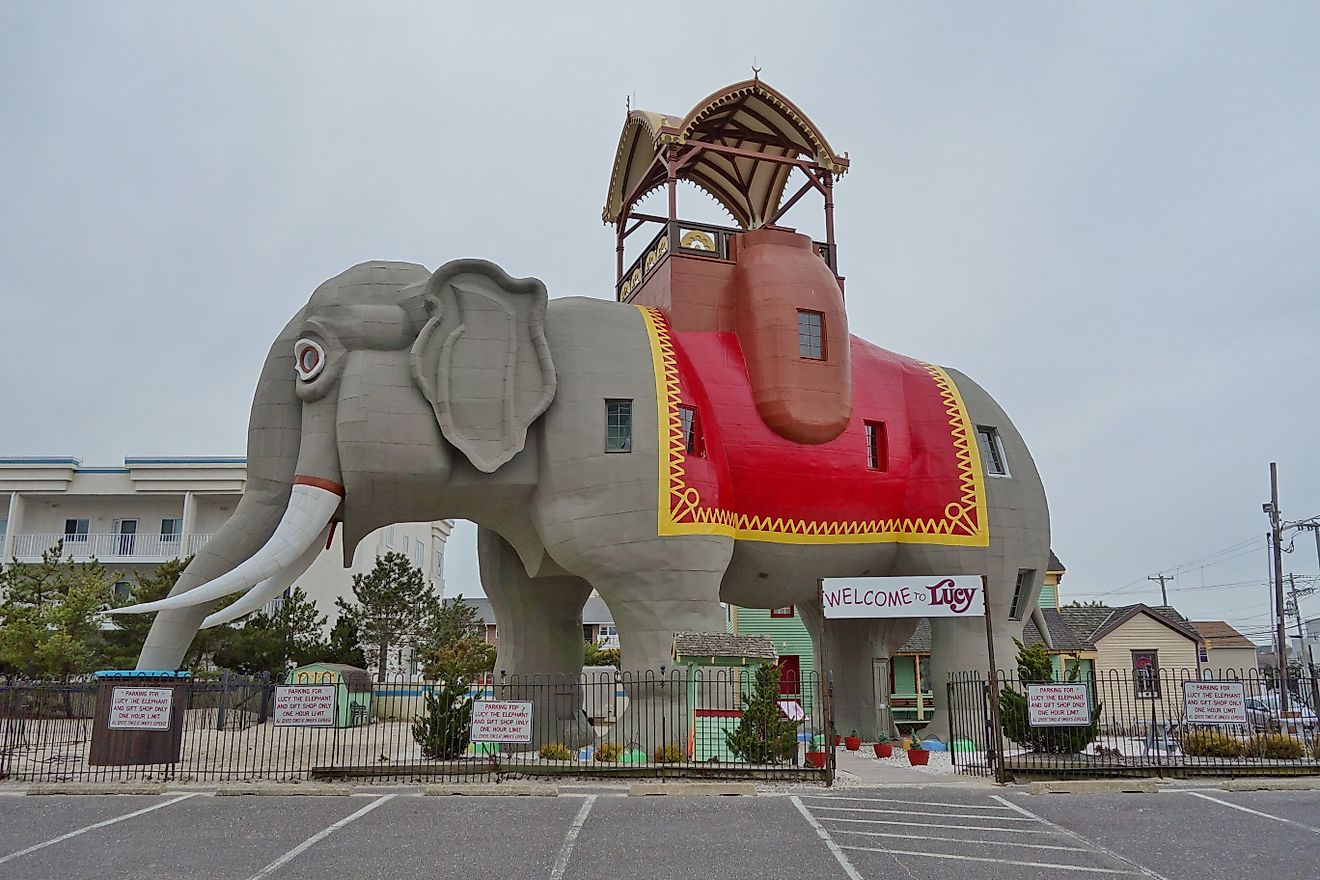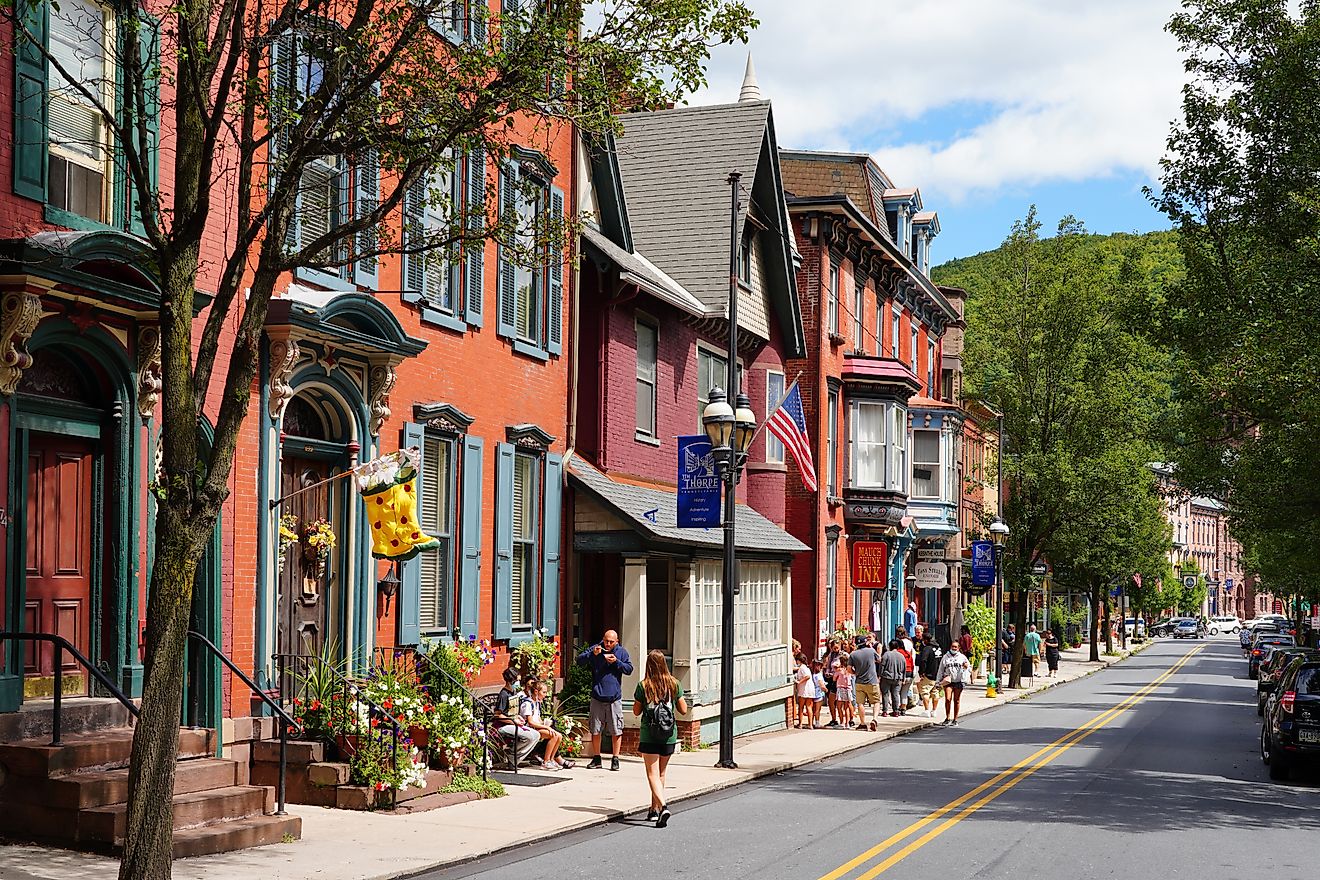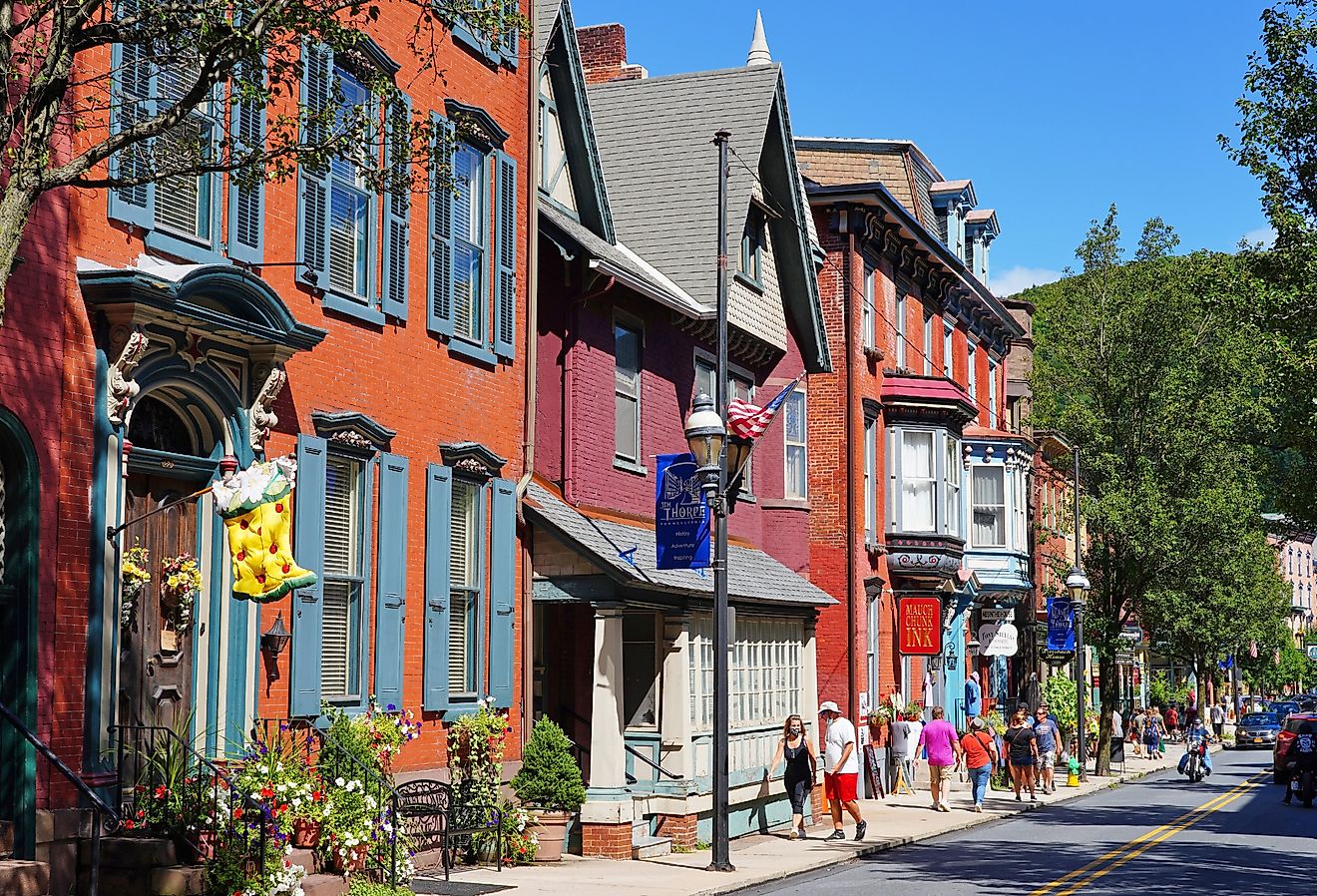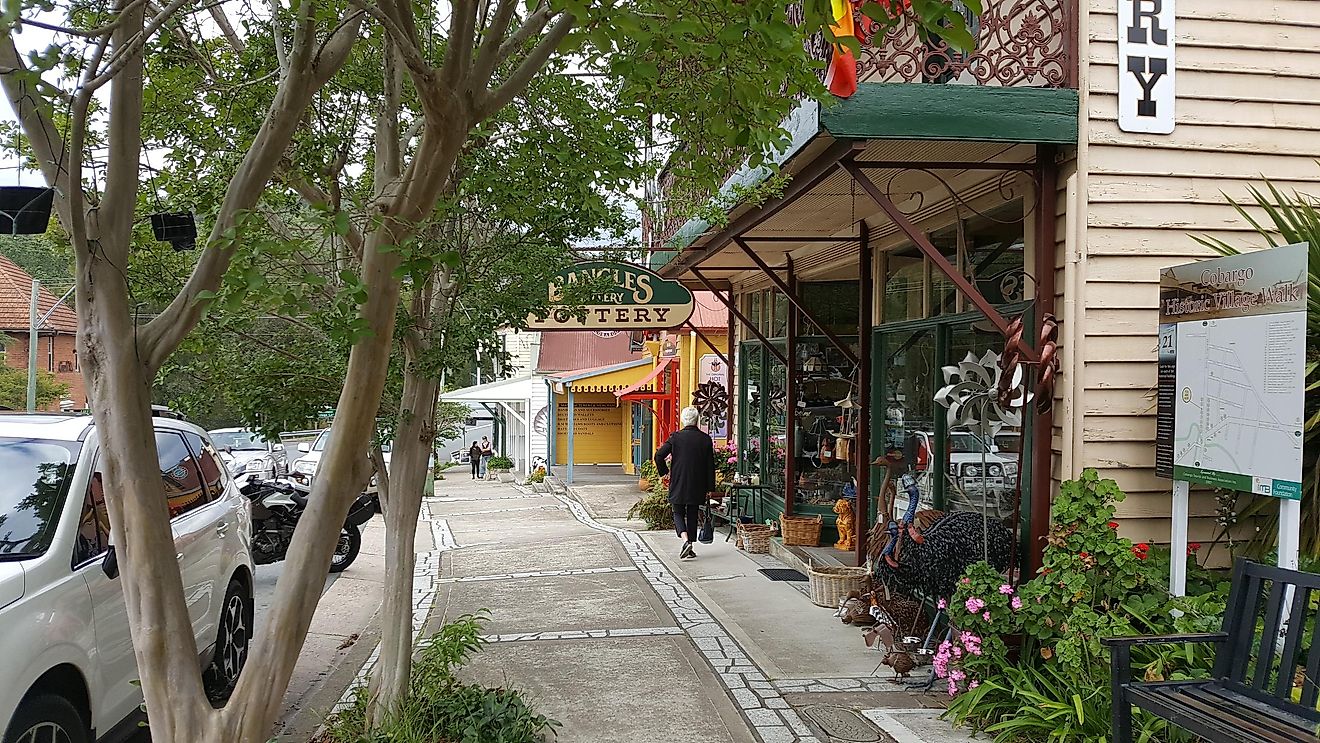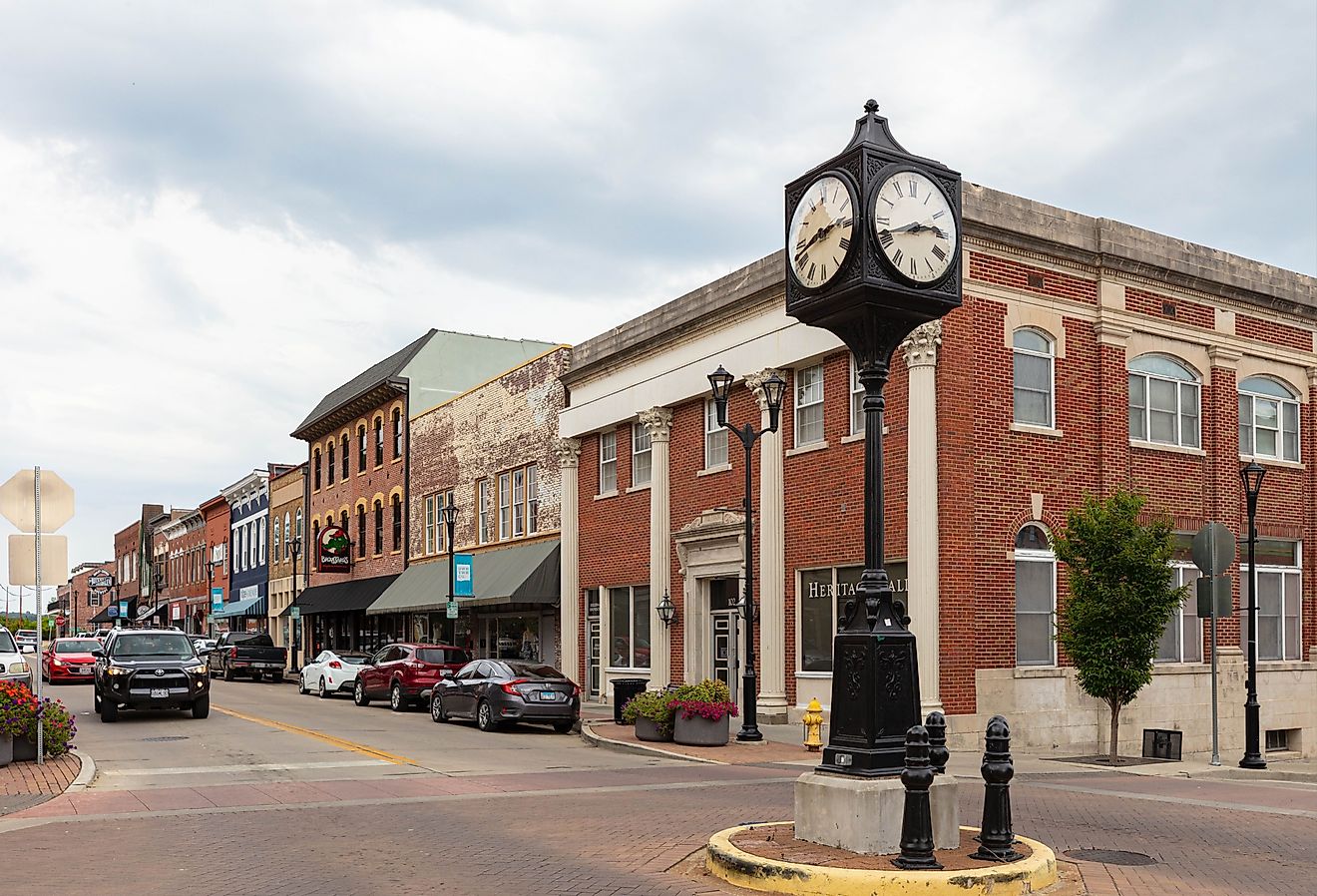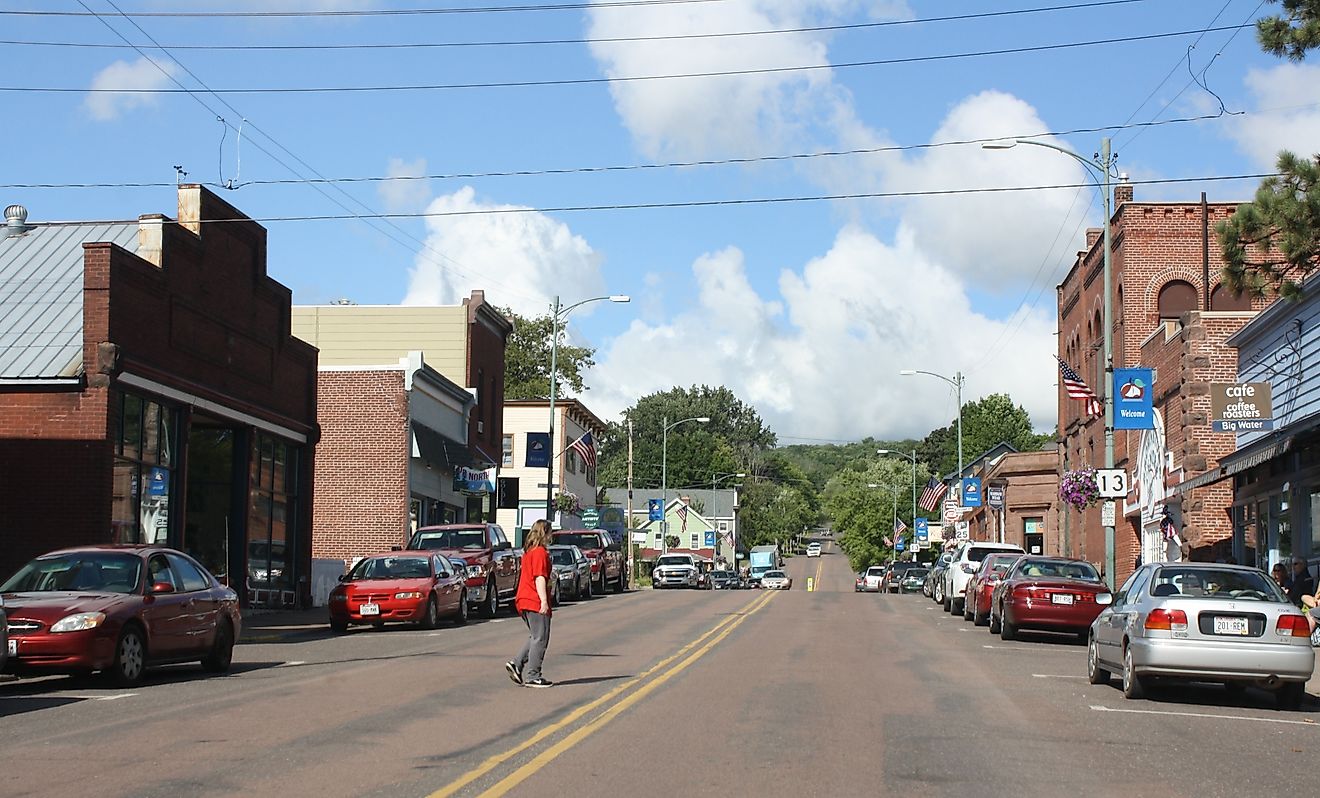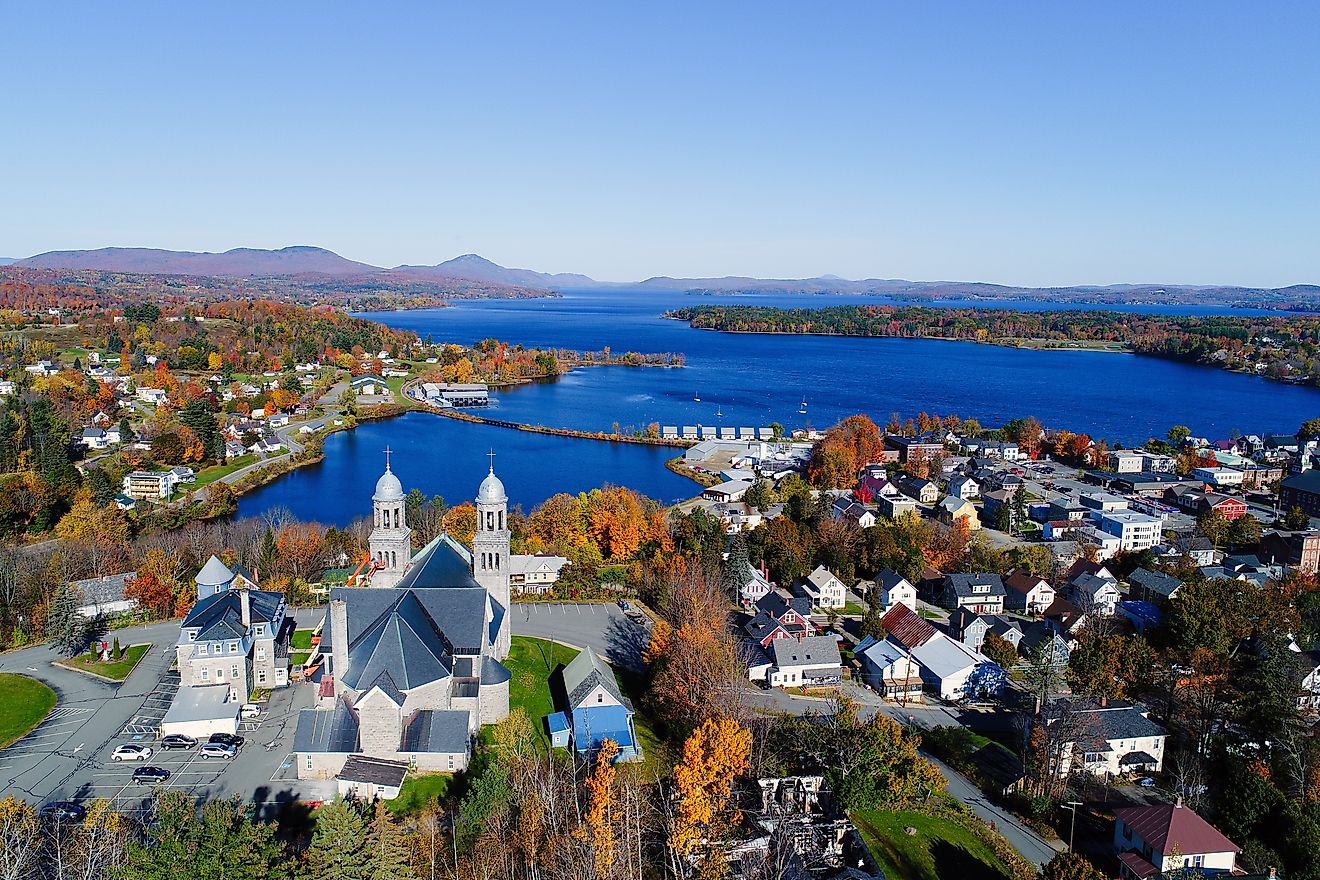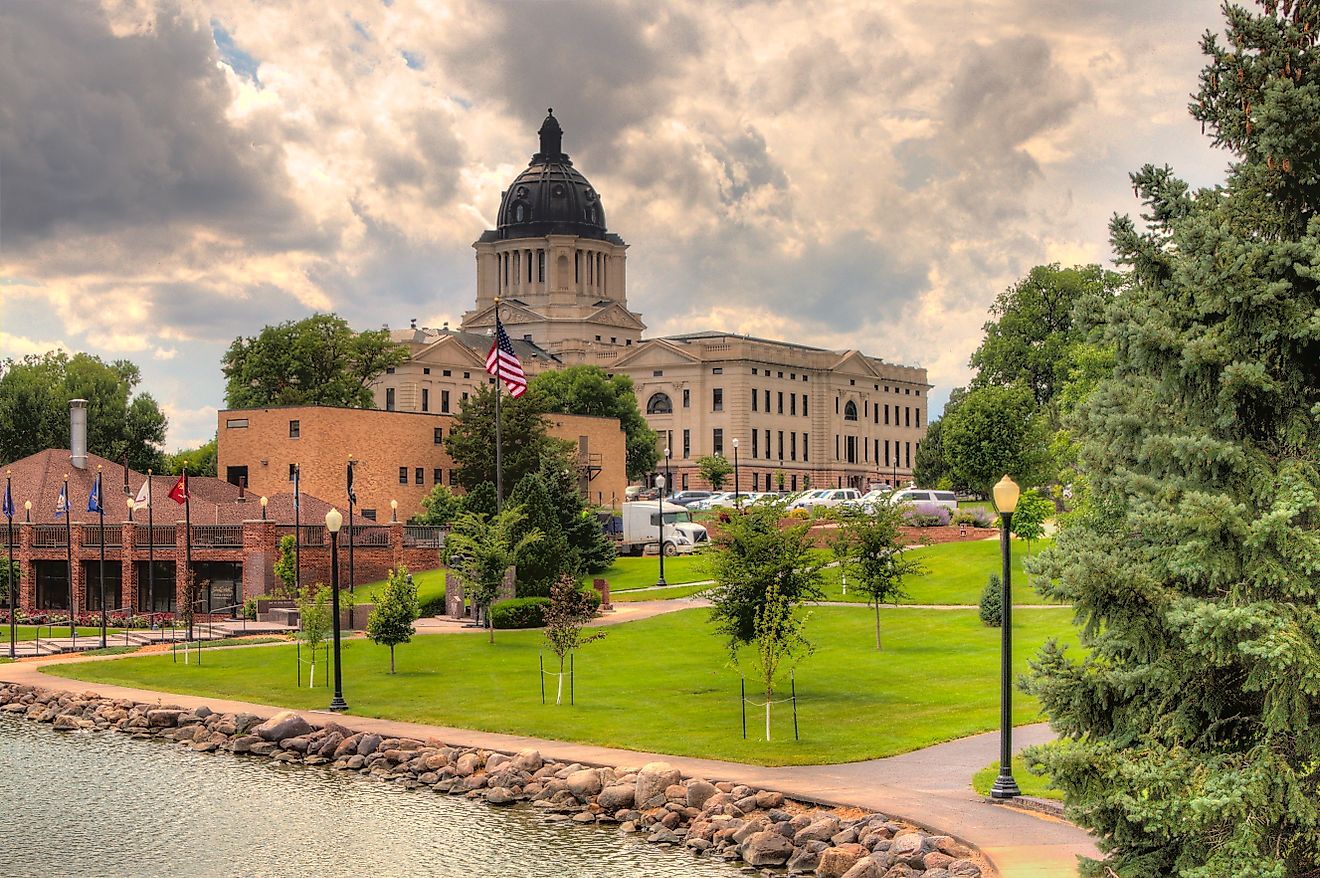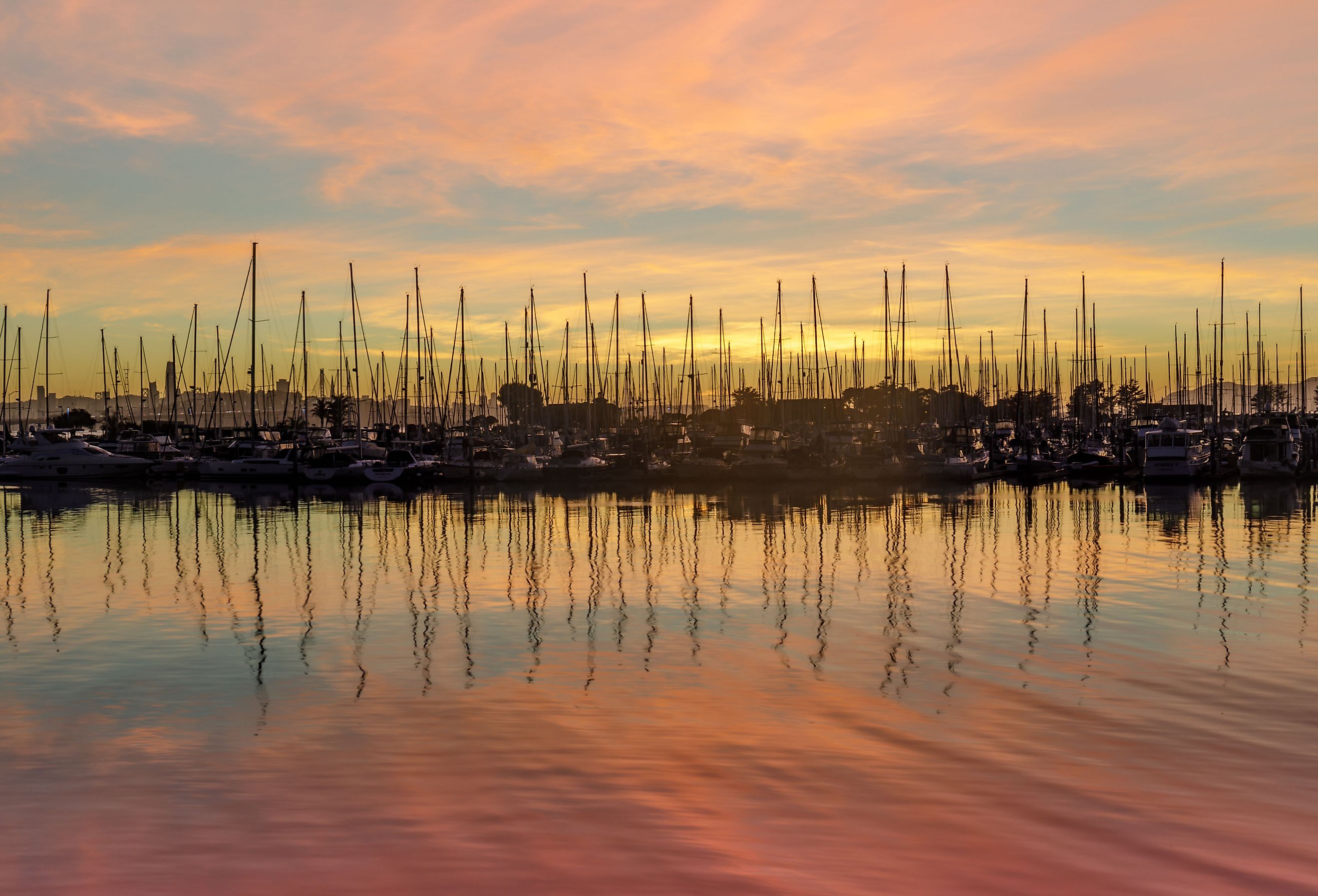
Alameda Island
Alameda Island is a unique island located within the San Francisco Bay in California. The land was originally a peninsula until the local government decided to dig trenches in 1902. These trenches resulted in what is known today as the Oakland Estuary. The island is 6.5 miles (11 kilometers) long and 1 mile (1.6 kilometers) wide. The Oakland Harbor Channel separates the island from Oakland, California. Residents and tourists can reach Alameda Island by bridges, ferries, or tunnels. The Park Street Bridge, Fruitvale Bridge, High Street Bridge, and Bay Farm Island Bridge connect the island to the mainland by crossing over the bay. The Posey and Webster Street Tubes are underground tunnels that connect Alameda Island to the mainland. The county and city of Alameda inhabit most of the island. The City of Alameda, California is home to 80,000 residents forming a quiet community on the outskirts of Oakland and San Francisco. The island offers multiple transportation options to navigate the island's activities with a reliable public bus system and bike trails.
Climate
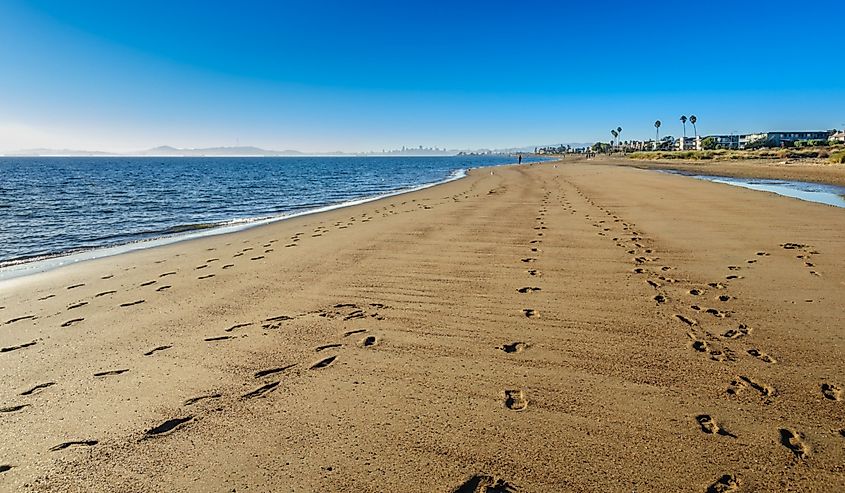
In terms of weather, the San Francisco Bay area experiences mild, wet winters and cool, dry summers. The temperature on the island ranges from 45 (7.2 degrees Celsius) to 79 degrees Fahrenheit (26 degrees Celsius) year round. True to local weather, the city encounters fog and sunny skies throughout the year.
History
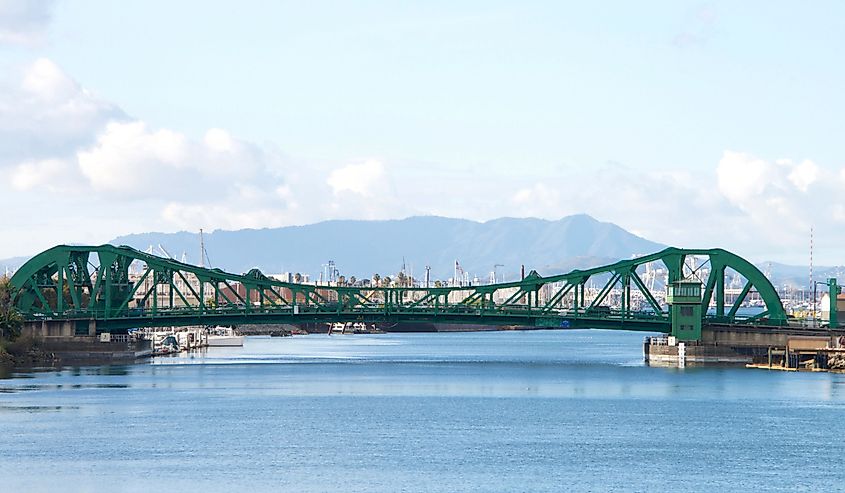
For 3500 years, the land known today as Alameda Island was home to the Ohlone Natives. In 1769, a Spanish expedition led by Gaspar de Portala arrived and established the area as Spanish territory. The Ohlone Natives over time became part of the Spanish missions. The Spanish named the area Alameda or grove of poplar trees, due to the many oak trees lining the high ground.
In 1820, King Ferdinand VII gifted Luis Peralta land for military service. Peralta used the land to establish Rancho San Antonio. The gold rush began in 1849 in Sutter's Mill, only 140 miles (225 kilometers) away from Alameda. To accommodate the incoming population, residential and commercial buildings were built on the land owned by the Peralta family. In 1902, the Oakland Estuary was created to join Oakland's harbor with San Leandro Bay to create a shipping port. With an established port, the island supported shipbuilding, steel fabrication, and lumber milling. Captain Frank McCrary commissioned a large naval air base to be constructed on the island in 1940. NAS Alameda was at the time, the largest United States naval station using one-third of the island. The station was home to two 8,000-foot (2,438 meters) runways in addition to 300 buildings and 30 miles (48.3 kilometers) of roads. The aircraft carrier USS Hornet used in World War II was later designated in 1991 as a National Landmark. The USS Hornet is now a museum at Alameda Point.
Post-World War II left Alameda with a population decline. At the start of 1960, Alameda doubled its population with the surge of suburbanization. The city was growing. The result of growth was the construction of lagoons. The Alameda West Lagoon and the Harbor Bay Isle Lagoon support wildlife while bringing water in from the bay and managing stormwater runoff.
Alameda Island serves residents with an assortment of parks and recreational facilities. Residents of Alameda can enjoy multi-use athletic fields, picnic sites, a skate park, a swim center, and a full-service senior center. Over recent years, Alameda has been the backdrop of several films including Yours, Mine & Ours (with Henry Fonda and Lucille Ball, in 1968), and What Dreams May Come (with Robin Williams and Cuba Gooding, Jr., 1998).
Wildlife
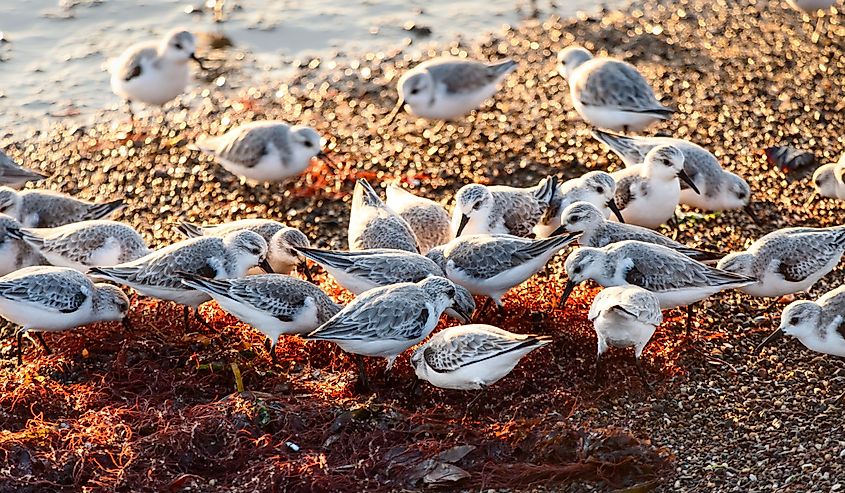
The Alameda Wildlife Reserve supports over 200 species of birds. The Reserve supplies nesting habitats for Peregrine Falcons, Golden Eagles, Burrowing Owls, Horned Larks, and Least Terns. Alameda Point provides roosting and nesting sites for Great Blue Herons along the Runway Wetland. Harbor Seals also visit the reserve, spending most of their time in the sun on a haul-out designed uniquely for them.
Tourism
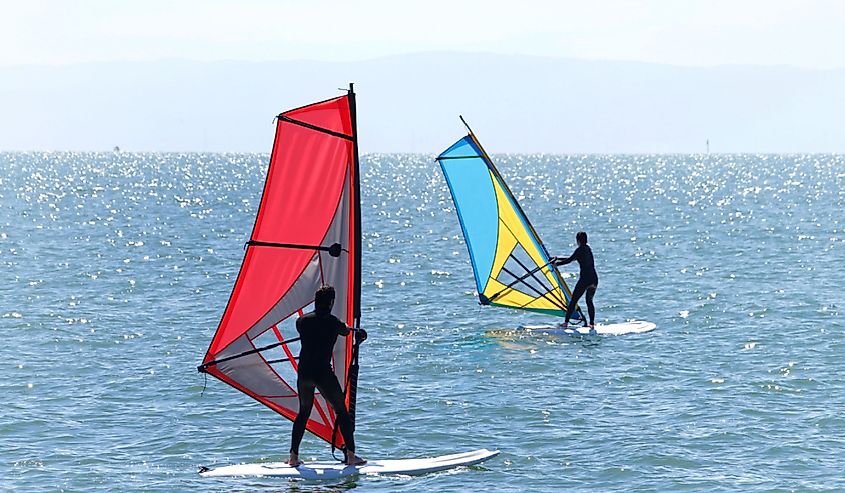
Although a small island, Alameda hosts many tourist attractions. Warm California weather allows tourists to embark on historical tours or enjoy the sand and sun. The USS Hornet Museum hosts exhibitions and educational programs. Visitors can reserve a night on board with overnight accommodations, participate in historic or ghost tours, and feel the exhilaration of a flight simulator ride. A mere 1.5 miles (2.41 kilometers) from the USS Hornet, is the Robert W. Crown Memorial State Beach. The beach is home to sandy dunes and bike trails. Outdoor enthusiasts can swim, boat, fish, windsurf, and kiteboard. At the Pacific Pinball Museum, visitors are educated on the history of pinball and arcade games. The museum has over 1,500 unique pinball machines, some of which are available for visitors to play. The Altarena Little Theatre Company is one of the oldest community theaters in San Francisco Bay, with over 75 years of entertaining patrons. Visitors can enjoy performances of plays, musicals, or comedies at the Altarena Playhouse.
Admiral Maltings is owned and operated by Bay Area locals. Dave McLean and Ron Silberstein partner with regional farmers who provide high-quality grains to produce handcrafted malt for visitors to enjoy. The Alameda Historical Society was formed in 1948 to preserve the history of Alameda with the establishment of the Alameda Museum. Visitors receive a glimpse of the past through the architecture, geography, and culture of the city of Alameda. The Alameda Point Antiques Faire hosts over 800 vendors selling furniture, vintage clothing, books, trinkets, and collectibles.
Economy
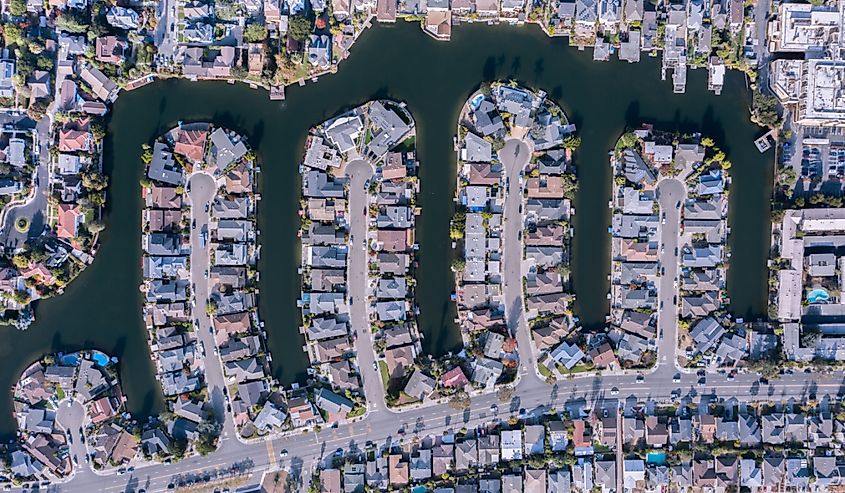
A blend of industries such as hotels, restaurants, retail, manufacturing, and technical services on Alameda Island contribute to California's thriving economy. Astra Rocket Factory manufactures and tests satellites at the company warehouse in Alameda Point. The company currently has a contract with NASA to produce and launch small satellites to observe tropical cyclones. In January 2020, Alameda Municipal Power supplied 100% clean energy to customers by using natural resources. Tourism and growing employment opportunities contribute to a rise in population on Alameda Island. The increase in inhabitants provides California with expanding economic stability.
Will it sink?
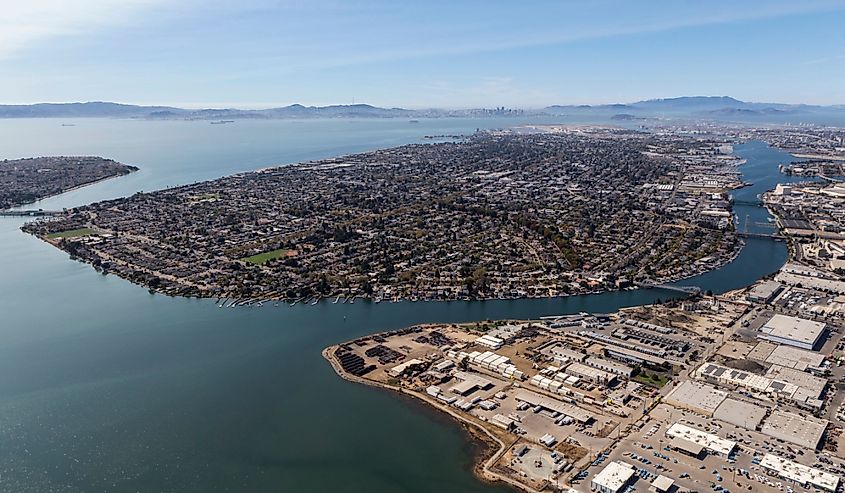
In upcoming decades, sea levels are predicted to rise by 2 feet (0.6 meters). Combined with rising sea levels, groundwater connected to the bay is predicted to rise. The rise in water levels places Alameda Island at risk of flooding resulting in the island being submerged underwater. To avoid sinking like the Atlantis, the city government drafted a long-term goal. Alameda's 2040 General Plan is a blueprint for subsequent development and conservation of the island. To protect against rising waters, the General Plan will incorporate sea level projections for future development planning, prioritize the cleanup of toxic sites exposed to rising waters, and protect open areas near the shoreline as a flood buffer.
Conclusion
Alameda Island has physically and economically progressed over the centuries. The city of Alameda incorporates teamwork among elected officials, volunteers, and city staff to preserve and increase the quality of life for residents and visitors. Rejuvenating sunny climate, historically unchanged buildings, unique museums, and outdoor recreational activities offer ample opportunities to engage actively. From a peninsula to a man-made island, Alameda is a bustling, economically-significant municipality of California.

